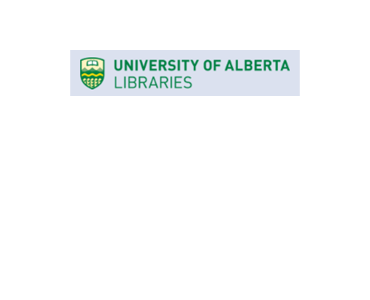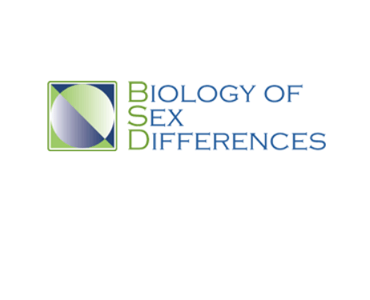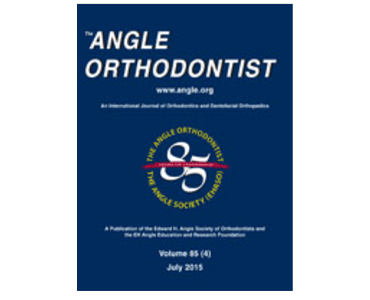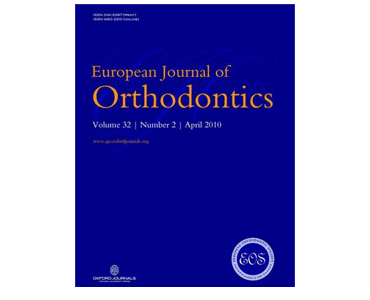Evaluation of Soft Tissue Profile Change Following Bi-maxillary Surgery in Dento-skeletal Class III by Photogrammetric Analysis. A Torroni, G Gasparini, A Moro, G Saponaro, E Foresta, P De Angelis, D Cervelli, C Azzuni, R Boniello, L Pallottini, A Borelli, G Jafari, S Pelo, R Deli, and G Longo.
Date: April 2016 Source: British Journal of Medicine & Medical Research 15(2): 1-11, Article no. BJMMR.25350. Abstract: 3D analysis allows for simulation of orthognathic surgery and prediction of aesthetic and functional outcomes. Our study aims to find common and repeatable parameters on the behaviour of soft tissues following bone movement by pre- and post-treatment by…








